As the auto industry transitions over to electricity, automakers are changing our ways of thinking and getting into different habits. Choosing a smaller, less expensive battery, with a high-charging capacity, and charging it quickly and more often, ends up being more economical meaning you are continually disadvantaged by a heavy, expensive battery whose total range is only rarely fully leveraged. That is the thought of the Citroën brand.

The ë-C4 was designed in such a way as to make both everyday trips and long journeys easier: in addition to making short everyday journeys more practical, ë-C4 has everything needed to provide customers with complete peace of mind over longer distances as well:
- A limited battery size means less weight, the result being lower consumption
- Optimized charging times thanks to DC charging capability using 100 kW fast charging
- Improved electricity consumption thanks to heat pump innovations, the addition of a hygrometric sensor, and an optimized transmission system.
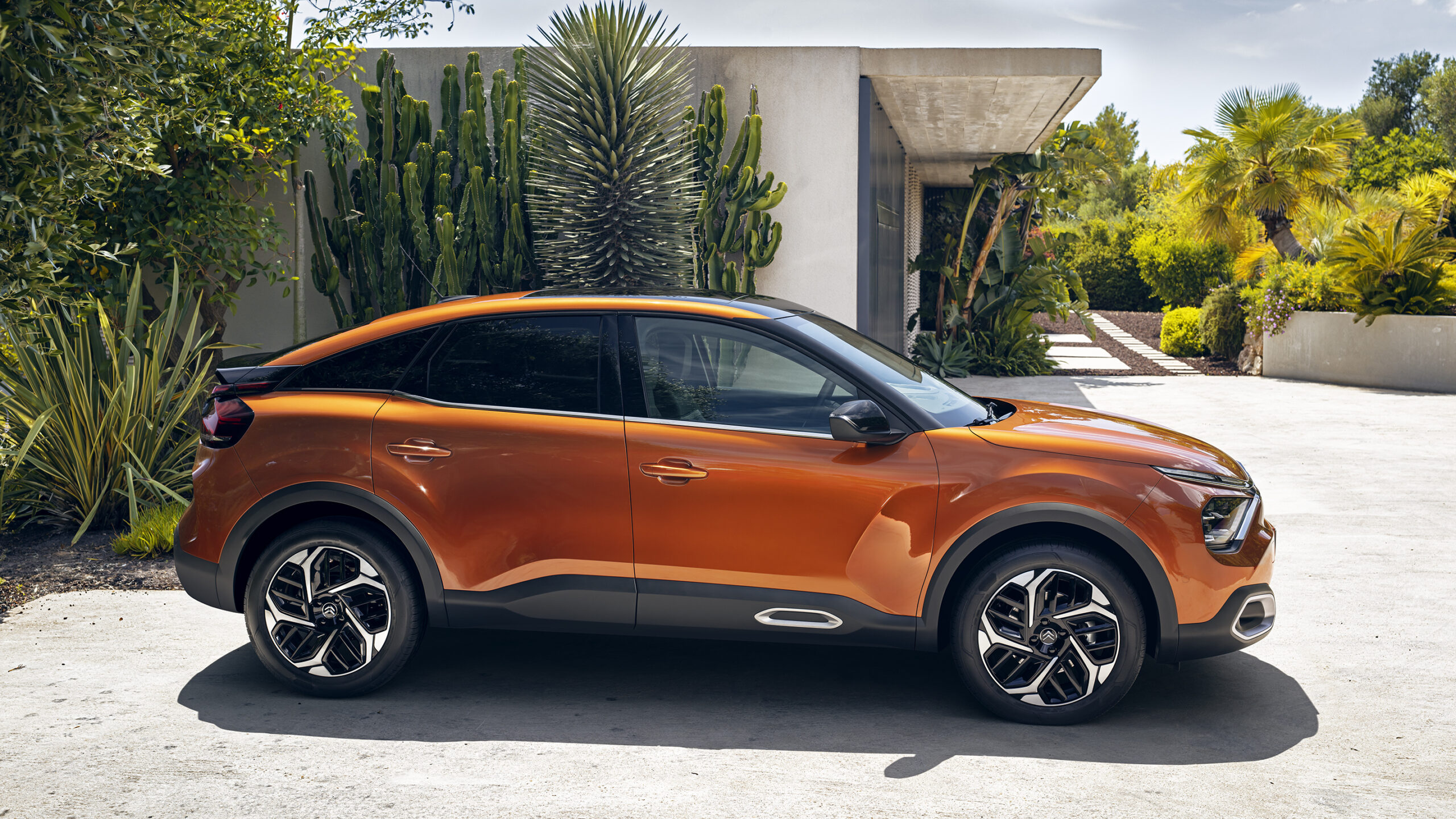
Surprising though it may seem, stopping more frequently and for shorter periods is more effective when covering long distances, rather than stopping for longer periods. This can be explained by the charging curve that, on an electric car, declines as the battery level increases. To optimize charging times over your journey and enjoy the maximum charging power of the battery, it is advisable to start charging the battery when its charge level is low and when it has reached its optimal operating temperature (after a drive on a motorway for example).
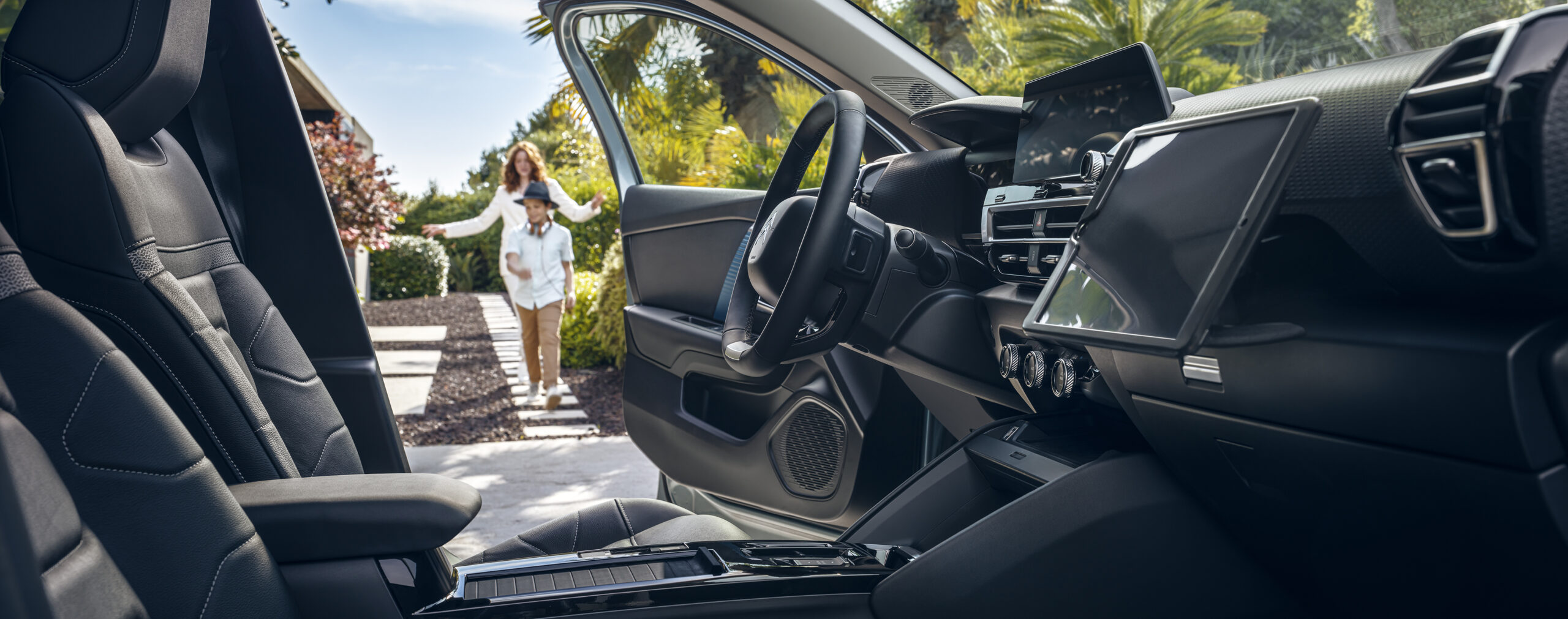
Indeed, as is the case when filling a glass with water, the charging speed is faster at the beginning than at the end of charging: hence, it takes more time to charge the battery from 80 to 100%, than from 0% to 80%. Users don’t just enjoy faster charging times: they also benefit financially, since charging costs at terminals are calculated in minutes on most of the fast-charging networks in France.
Citroën says that the ë-C4 offers the ideal solution for daily commuting.
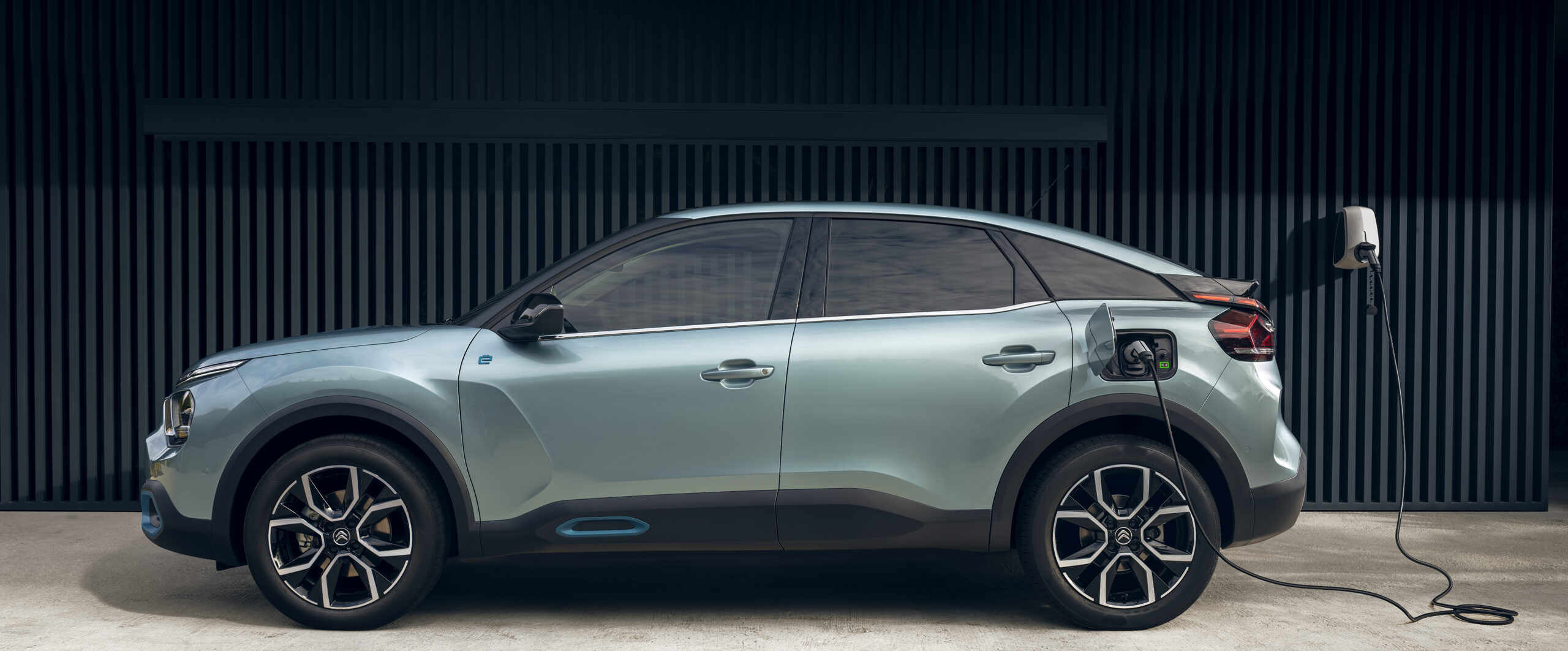
For daily journeys, the battery can be charged via a traditional socket or via a Wall Box when you get to the office in the morning or when you get home in the evening. Charging times and range are completely satisfactory, meaning peace of mind. With an approved range of 357 kilometers (222 miles) measured using the WLTP cycle, there is no need to charge the battery every day.
With a 50 kWh battery, the ë-C4 makes it particularly easy for making the switch over to electric thanks to the contained purchase cost. Furthermore, its compact design and reasonable weight do not impact the size of the passenger compartment or consumption during daily use. It delivers a driving performance of 136 horsepower (100 kW) and 260 Nm (192 lb.-ft.) of torque thanks to its optimized weight.
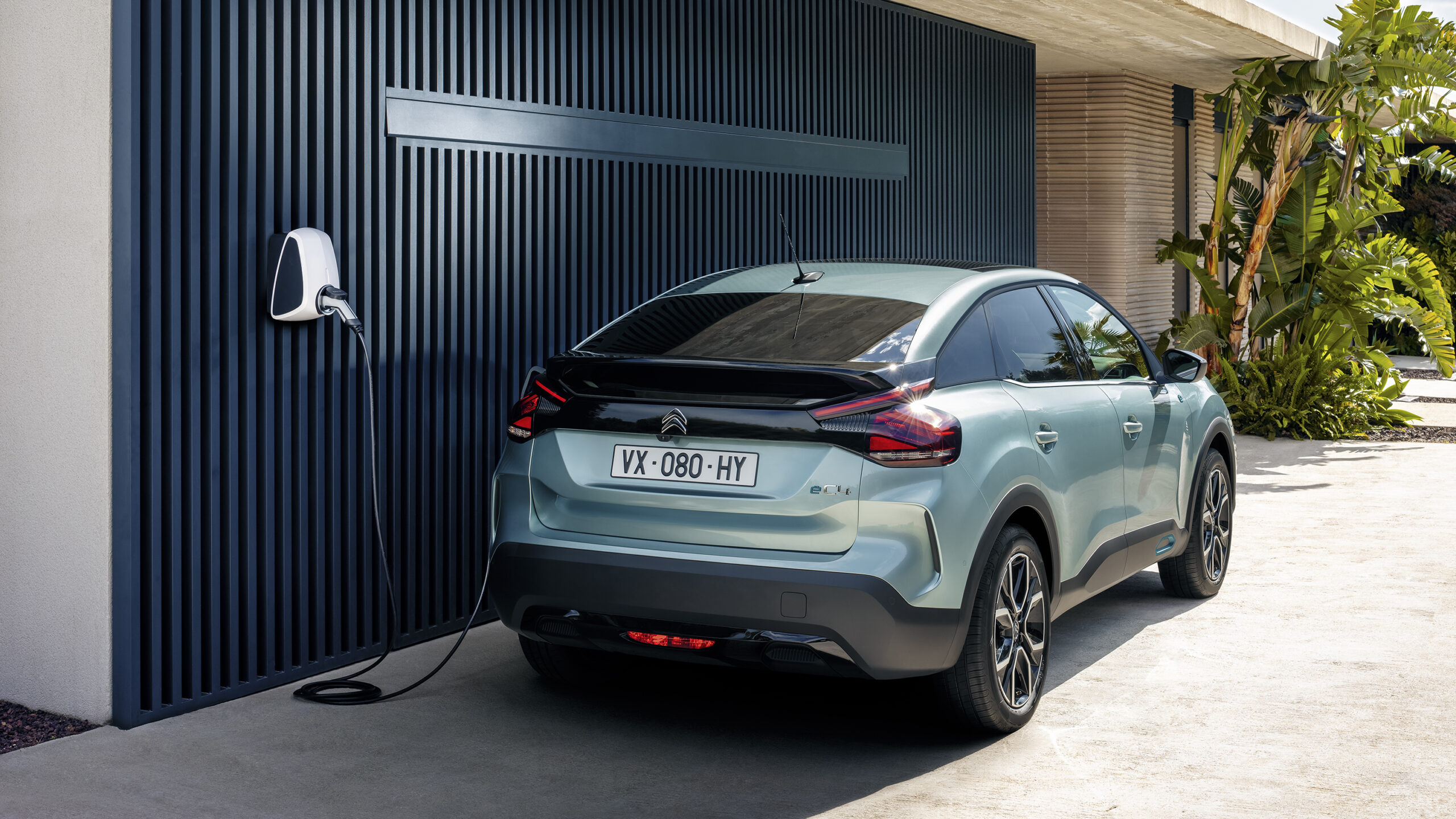
The ë-C4 has the following charging times…
- Public 100 kW Quick Charging Station – Charged to 80% in 30 minutes or 100 kilometers (62 miles) in 10 minutes.
- 32-Amp WallBox Unit – Between 5 hours (three-phase with the optional 11 kW charger) and 7 hours and 30 minutes (single-phase).
- Domestic Socket – Between 15 hours (reinforced socket) and more than 24 hours (standard socket).
Source: Citroën

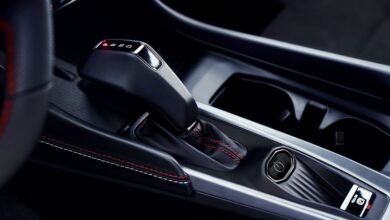
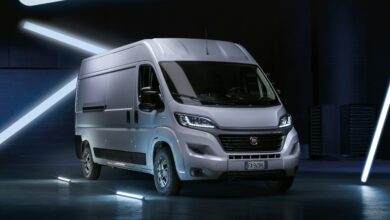
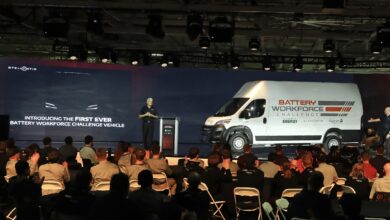
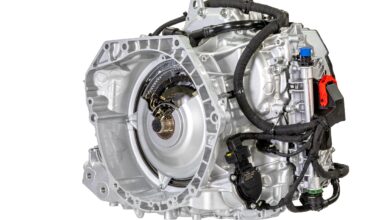
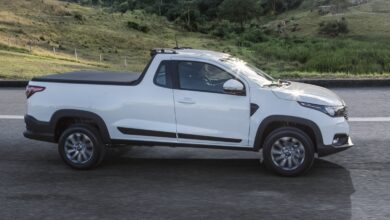
10 replies
Loading new replies...
Join the full discussion at the Mopar Insiders Forum →